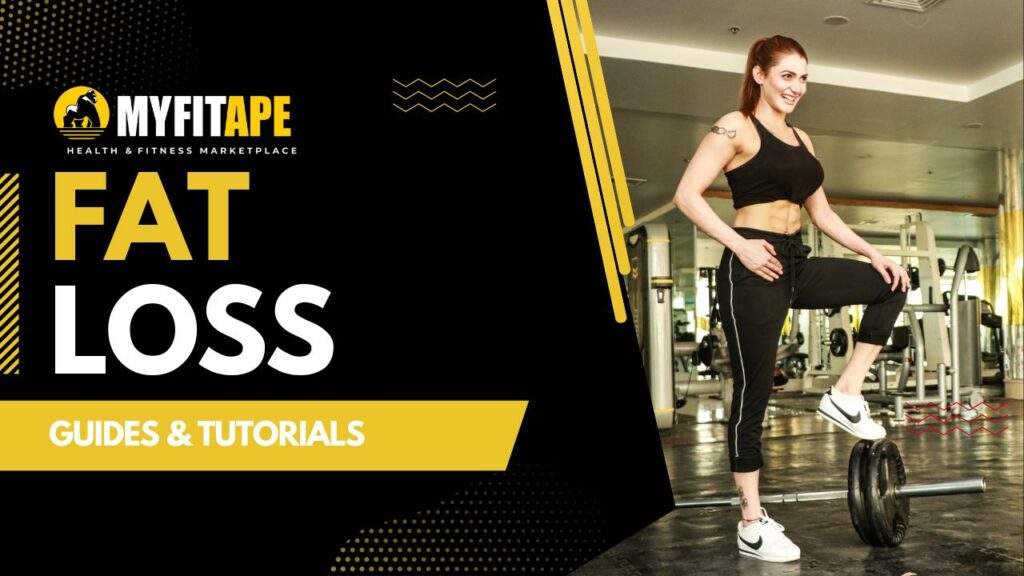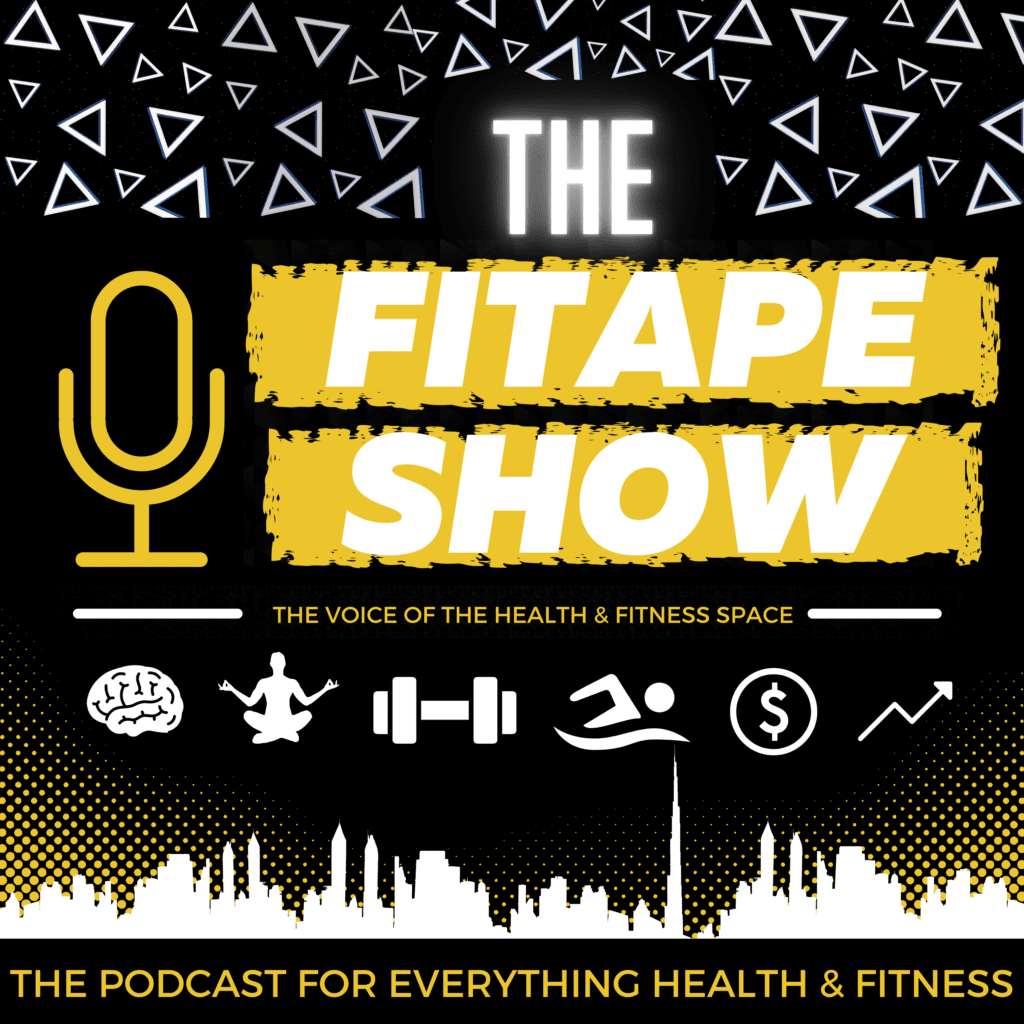Introduction and Overview
Losing fat can seem intimidating, but with a little bit of planning and focusing on the right workouts, you can ensure that you lose fat and retain muscle. This guide will give you an overview of the different steps involved in designing an effective fat loss workout plan and provide tips and recommendations for getting the results you want.
Step 1: Estimate Your Calorie Intake
The first step in designing your fat loss plan is to estimate your calorie intake. You should factor in your age, gender, weight, height and activity level. You also need to calculate your Basal Metabolic Rate (BMR) to help you determine how many calories you need to reach your goal.
Once you have determined how many calories you need to consume per day, you should then decide how you want to split up your macronutrients. Generally, you should aim for a balanced diet that contains healthy proteins, complex carbohydrates, and healthy fats.
Step 2: Set Your Workout Goals
Once you have determined your calorie intake, you should then set specific goals for your workouts. Identify what type of training you want to do, how often you want to train, and how long each session will be.
When setting your goals, make sure to focus on realistic and achievable goals that are specific and measurable. This will help you to stay motivated and track your progress more objectively.
Step 3: Choose Your Exercises
Once you know your goals, you can then select which exercises you want to include in your fat loss workout plan. Generally, you should include exercises that utilize different muscle groups and involve some form of aerobic activity. Examples of exercises you can include in your workouts include weight training, bodyweight exercises, running, and swimming.
When selecting exercises, make sure you factor in the intensity level of each exercise and how often you should perform it. For example, you may want to do exercises that are more intense, such as interval training, fewer times per week.
Step 4: Create Your Routine
Once you have selected your exercises, you can put together a routine. This can include the frequency, duration and order of your exercises. You can also include rest days in your routine so that your body can recover from the exercise.
When creating your routine, make sure it is challenging but realistic. You don’t want to do too much too soon and get discouraged. You can also vary up your exercises if you get bored or want to challenge yourself.
Step 5: Track Your Progress
It’s important to track your progress when designing a fat loss workout plan. You can use apps and other tools to track the calories you consume and the duration of your workouts. This will give you a better indication of your progress and allow you to adjust your plan as needed.
Tracking can also help you stay motivated and not get discouraged if you hit a plateau. Make sure to celebrate your successes and stay aware of your progress to ensure that you stay on track with your fat loss goals.
FAQ
How often should I exercise?
It depends on your goals and fitness level. Generally, you should aim for 3-4 days of exercise per week.
What type of exercises should I include?
You should try to include exercises that involve different muscle groups and some form of aerobic activity. Examples of exercises include weight training, bodyweight exercises, running, and swimming.
How do I calculate my BMR?
There are several BMR calculators online that you can use to help determine your BMR. Generally, you need to factor in your age, gender, weight, height and activity level.





